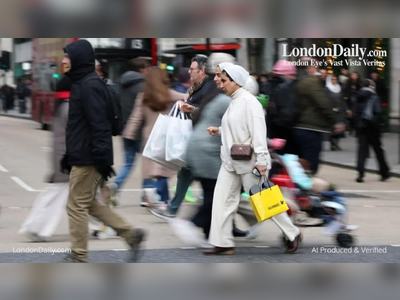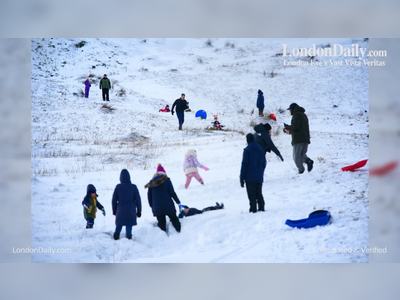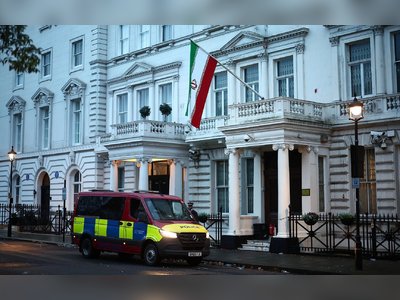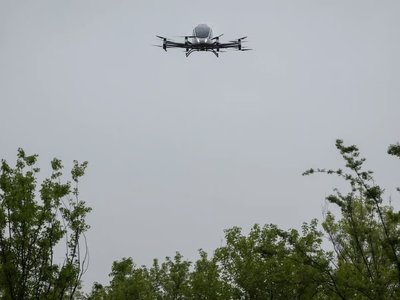
Russian scientists retract coronavirus genome sequence that set alarm bells ringing
Russia has retracted a coronavirus genome sequence that contained an unusually large amount of mutations that set off an alarm bells in Beijing, a senior government scientist in Moscow has confirmed.
In an updated file later submitted to the international database GISAID, the mutations were reduced by 96 per cent.
The sequence, collected from a female Covid-19 patient in St Petersburg on March 15 and uploaded to the GISAID database five days later, was the first and so far only strain of the virus that causes Covid-19 released to the public from Russia.
According to the original data, the St Petersburg strain carried 200 mutations compared with the first sample released by Chinese researchers in early January.
Scientists in most other countries have found that the coronavirus evolved at a pace of only about two mutations per month.
If the Russian findings had been correct, it would have meant that the Russian strain had been mutating 30 times faster than normal.
The mutation could have seriously hampered the global battle against the disease. For example, many drugs and vaccines under development targeted some specific genes in the virus and an unexpected acceleration in mutations could have ruined these efforts.
The initial research triggered an alarm at the China National Centre for Bioinformation in Beijing, where scientists were tracking mutation of the new coronavirus as it spread around the planet.
In a heat map on the centre’s website monitoring the mutations in different geographic areas, Russia was marked as a hotspot, while most other countries showed fewer changes.
The Russian sequence was submitted by the Smorodintsev Research Institute of Influenza, a laboratory under the health ministry and a World Health Organisation partner centre.
Andrey Vasin, the director of the institute, confirmed the sequencing had been withdrawn and explained that most of these mutations were caused by a technical problem.
He said that sampling flaws introduced errors during the process of sequencing the genetic codes.
The data was machine generated in segments, and mistakes were also made when the complete sequence was put together by computer.
He said the first Russian genome sequence of the Sars-CoV-2 virus had been generated from “non-optimal sequence assembly” and “polishing tools were used to improve initial assembly and update consensus sequence”.
He continued: “Now the sequence in GISAID is updated and contains just a few non-synonymous substitutions in comparison to Sars-CoV-2 Wuhan reference strains.
“So, there is no significant difference between St Petersburg strain and strains from other countries. We expect to have more Sars-CoV-2 sequences from Russian specimens soon.”
The updated sequence data contained seven mutations. A GISAID tool traced its evolutionary history to earlier reported strains from France and England.
Russia was one of the first countries to stop travel from China and the long border was closed in late January when Wuhan went into lockdown.
By March 10 the number of confirmed cases in Russia was only seven, the smallest among all large nations, but concerns were growing that the virus may have been spreading undetected and there has been a surge in cases since then.
By Friday there had been more than 3,500 cases and 30 deaths.
Benjamin Neuman, a professor of biological sciences at Texas A&M University in Texarkana, said “something was really weird or really wrong” with the data.
Neuman said technical glitches often happened in sequencing, but these errors are usually easy to spot and correct.
“That is unusual for a single fairly recent sequence,” he said, adding that the first version was “clearly a mess”.
The second version made sense as a very standard European strain, but it was not perfect either.
“The [Russian] team was unable to sequence the tail end of the genome and they filled in the space ... to show how much of the sequence was missing. It’s a normal thing to do, but would give [an] anomalously high mutation count if you were only looking at the number of matches compared to the total length,” said Neuman.
“Still, I do wish they would sequence more, and I suspect they may not make this same mistake again.”
A researcher in Chinese Academy of Sciences’ mutation tracking team said that he was surprised by the Russian data when it was initially released.
“Russia is a top player in bio-technology. I didn’t expect they would make such a mistake,” said the researcher who requested not to be named due to the political sensitivity of the issue.
By the end of last month the Chinese researchers were tracking nearly 3,000 high quality strains globally and detected more than 2,000 mutations in total.
“Fortunately, this species of coronavirus remains relatively stable. So far we have not seen any big changes in the critical sites used by drug and vaccine developers,” said the researcher.
“The bad news is that we don’t know how long this situation will last.”
Though the number of sequences was increasing rapidly, it remained small compared to the million confirmed cases. Though many nations have submitted sequences, data is not available from some areas such as Central Asia, South America and many parts of Africa.
“The World Health Organisation should really speed up international efforts to fill in the blanks. If something happens and nobody knows anything, we will be in big trouble,” the researcher added.










